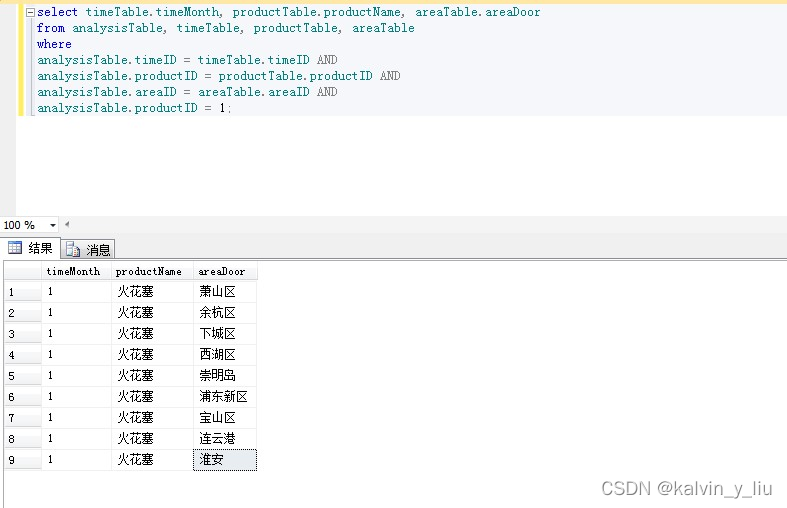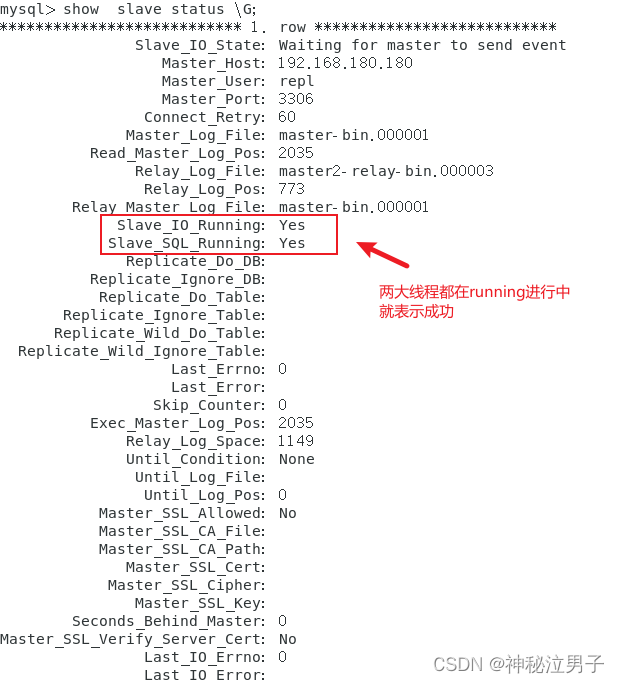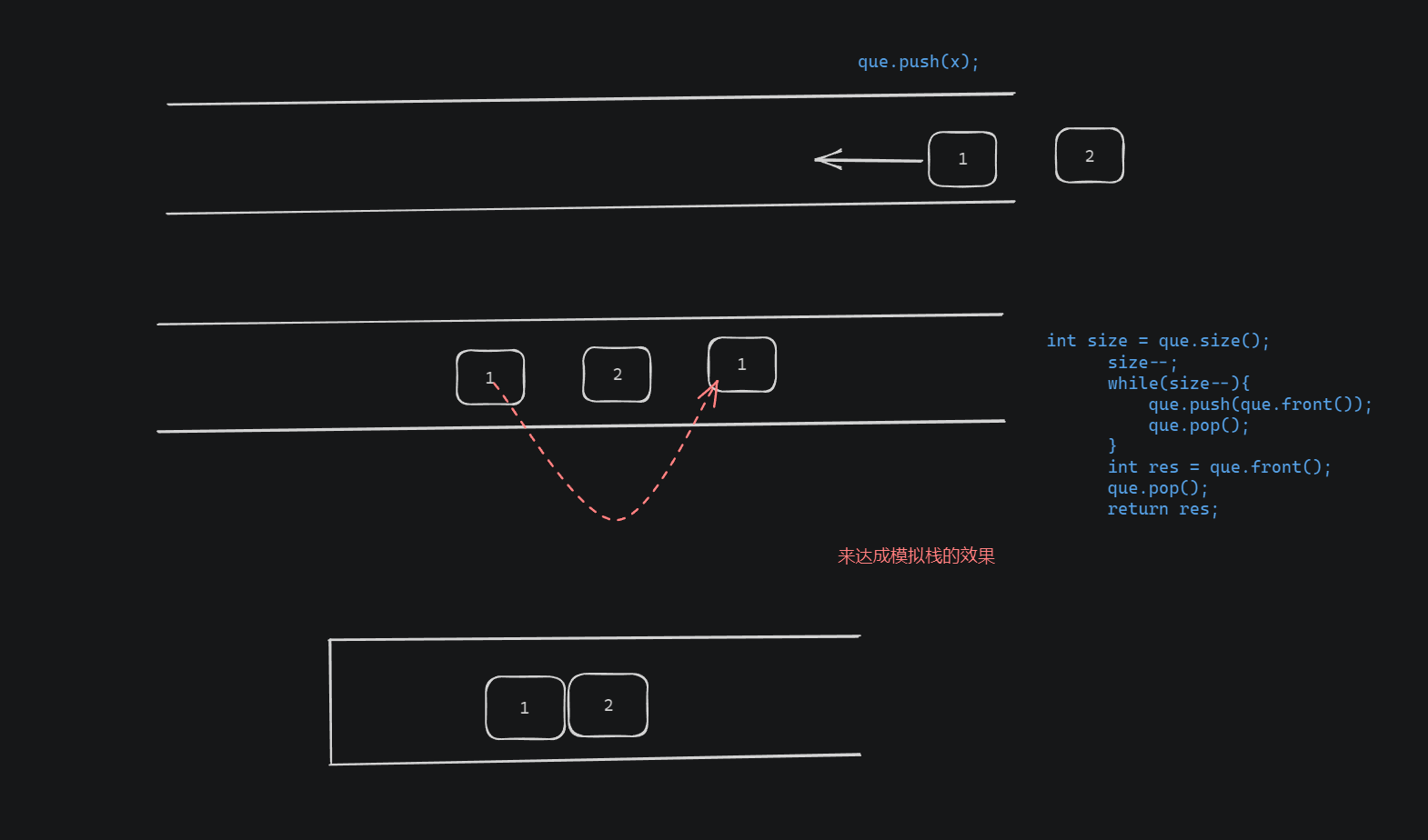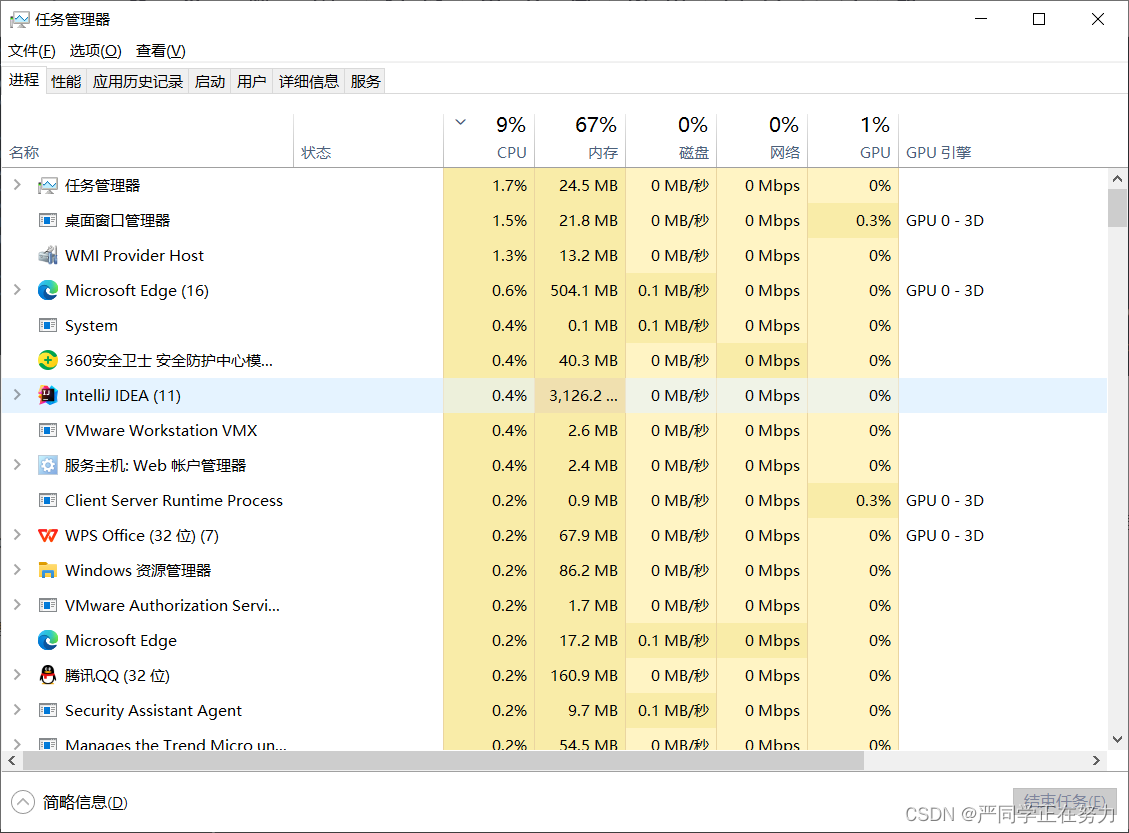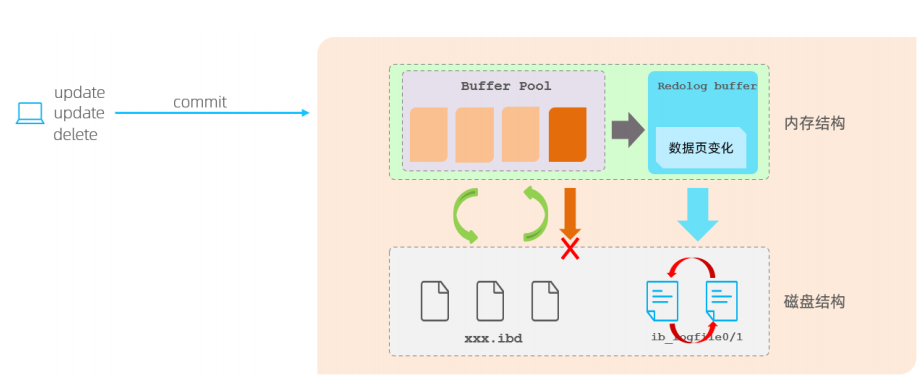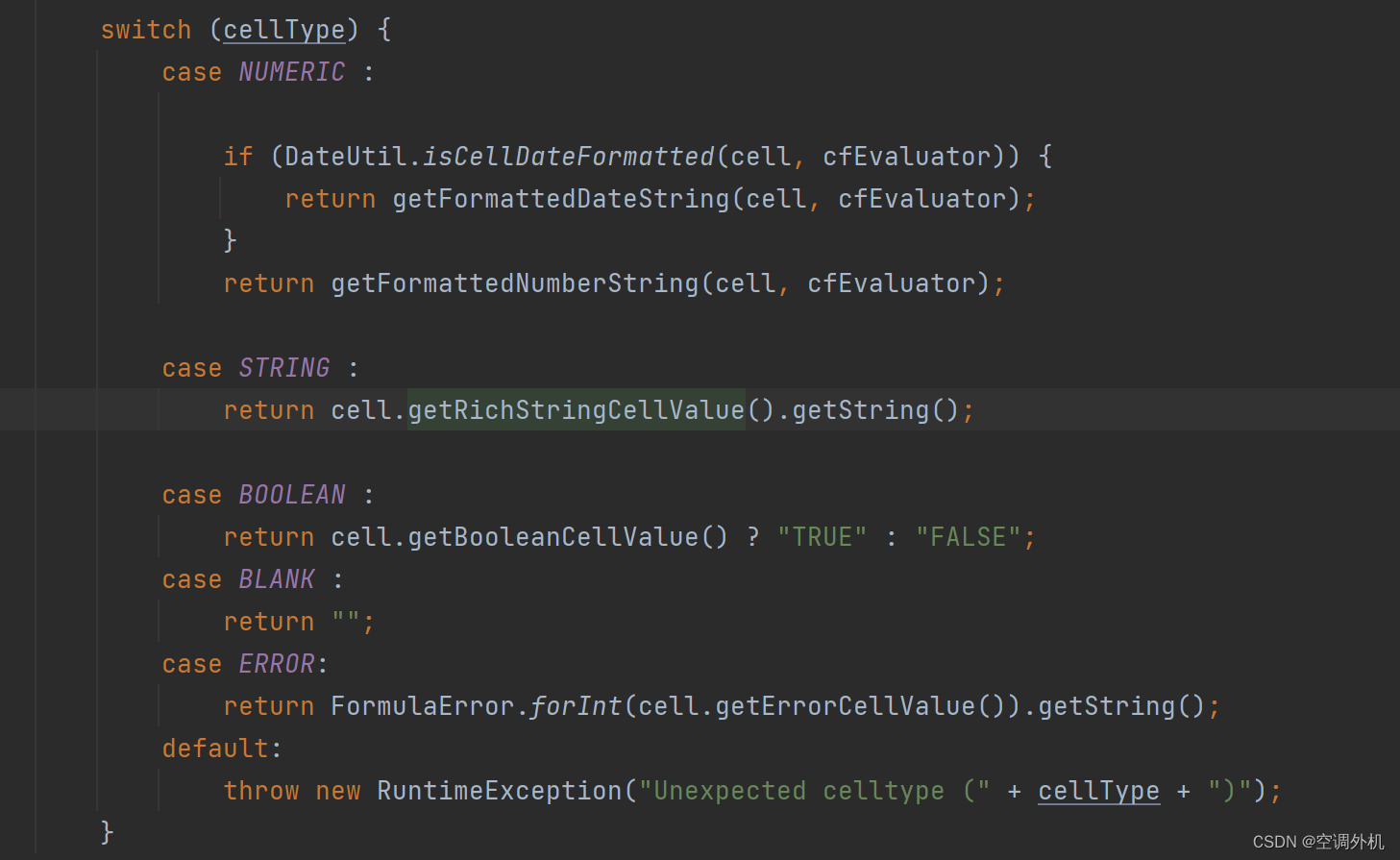python Flask 写一个简易的 web 端上传文件程序 (附demo)
- 需求
- 介绍
- 核心代码:
- 文件结构
- 前端文件
- 后端文件
- 完整代码
- 演示
需求
在当今数字化时代,文件上传需求日益普遍。无论是个人还是企业,都可能需要实现文件上传功能。为此,本文将分享如何使用Python Flask框架创建一个简易的Web端上传文件程序。
介绍
需要源码的留下邮箱,私信也会看,不过看的不勤,留言有通知。
Flask 是一个用于构建 Web 应用程序的轻量级 Python Web 框架。它设计简单、易于学习和使用,但同时也非常灵活,适用于从小型项目到大型应用程序的各种场景。
核心代码:
@app.route('/upload', methods=['POST'])
def upload_file():
if 'file' not in request.files:
return '无文件部分'
file = request.files['file']
if file.filename == '':
return '没有可选择的文件'
if file:
# 设置文件存储路径
upload_path = os.path.join('static/uploads', file.filename)
# 检测路径是否存在,不存在则创建
if not os.path.exists(os.path.dirname(upload_path)):
os.makedirs(os.path.dirname(upload_path))
# 存储文件
file.save(upload_path)
return '文件已上传'
在Flask中,request.files 是用于处理上传文件的对象。当用户通过表单上传文件时,这个对象可以用来访问和处理上传的文件数据。request.files 是一个字典,其中键是表单中文件上传字段的名称,值是与该字段相关联的文件对象。
request.files 字典中文件对象常见的字段和方法:
| 字段/方法 | 描述 | 示例 |
|---|---|---|
filename | 获取上传文件的原始文件名 | filename = request.files[‘file’].filename |
stream | 获取文件的二进制流,可用于读取文件内容 | file_content = request.files[‘file’].stream.read() |
content_type | 获取文件的MIME类型。 | content_type = request.files[‘file’].content_type |
content_length | 获取文件的内容长度(以字节为单位) | content_length = request.files[‘file’].content_length |
save(destination) | 将上传的文件保存到指定的目标路径destination是保存文件的路径,可以是相对路径或绝对路径 | request.files[‘file’].save(‘uploads/’ + filename) |
file.save() 是用于将上传的文件保存到指定的目标路径。
文件结构
下面我们介绍一下我们的文件结构
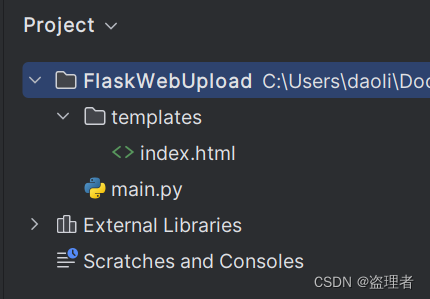
前端文件
templates.index.html
后端文件
main.py
完整代码
index.html
<!DOCTYPE html>
<html>
<head>
<meta charset="utf-8">
<meta name="viewport" content="width=device-width, initial-scale=1">
<title>文件工作台</title>
</head>
<body>
<h1>文件工作台</h1>
<form>
<input type="file" id="file" name="file">
<button type="button" onclick="uploadFile()">上传文件</button>
</form>
</body>
</html>
<script>
function uploadFile() {
var fileInput = document.getElementById('file');
var file = fileInput.files[0];
if (file) {
var formData = new FormData();
formData.append('file', file);
var xhr = new XMLHttpRequest();
xhr.open('POST', '/upload', true);
xhr.onload = function () {
if (xhr.status == 200) {
alert('文件上传成功');
} else {
alert('文件上传失败');
}
};
xhr.send(formData);
} else {
alert('请选择一个文件');
}
}
</script>
main.py
import os
from flask import Flask, request, render_template
app = Flask(__name__)
@app.route('/')
def index():
return render_template('index.html')
@app.route('/upload', methods=['POST'])
def upload_file():
if 'file' not in request.files:
return '无文件部分'
file = request.files['file']
if file.filename == '':
return '没有可选择的文件'
if file:
# 设置文件存储路径
upload_path = os.path.join('static/uploads', file.filename)
# 检测路径是否存在,不存在则创建
if not os.path.exists(os.path.dirname(upload_path)):
os.makedirs(os.path.dirname(upload_path))
# 存储文件
file.save(upload_path)
return '文件已上传'
if __name__ == '__main__':
app.run()
演示
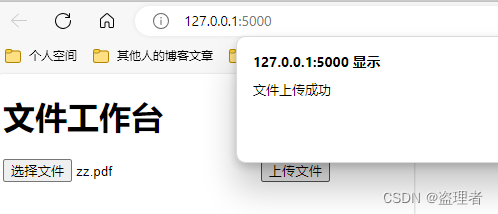
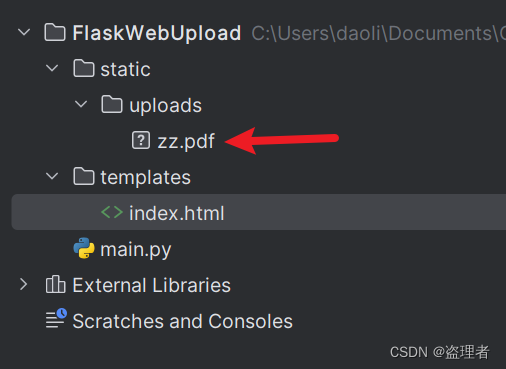
需要源码的留下邮箱,私信也会看,不过看的不勤,留言有通知。
